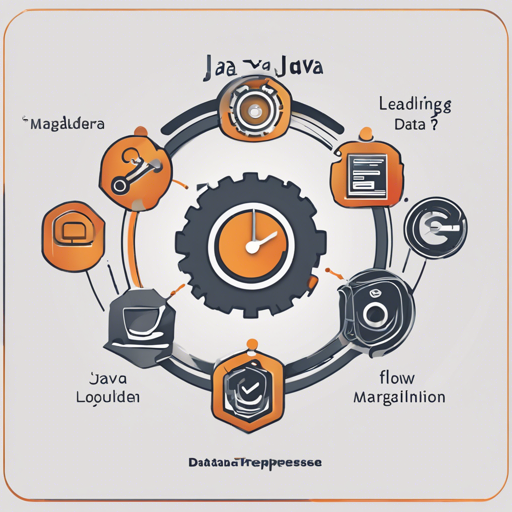Welcome to the world of Java DataLoader, a powerful utility for optimizing data fetching and reducing overhead in your applications. In this blog post, we’ll walk through the essential features, setup instructions, and examples to get you started. We’ll also address common troubleshooting tips, ensuring your journey with DataLoader remains smooth and efficient.
What is Java DataLoader?
Java DataLoader is a port of the popular Facebook DataLoader, specifically designed for Java 8. It streamlines the data-fetching process in applications, especially those utilizing GraphQL, by batching and caching requests to minimize communication overhead.
Features of Java DataLoader
- Intuitive API with generics and fluent coding.
- Batch load function can be defined with lambda expressions.
- Supports scheduling load requests for batching.
- Caches load requests to ensure data is fetched only once.
- Offers a variety of customization options for cache implementation.
- Ability to handle partial errors gracefully.
- Very high test coverage to ensure reliability.
Getting Started with Java DataLoader
Installation
To install Java DataLoader in your project, simply add the following dependency to your build.gradle file:
repositories {
jcenter()
}
dependencies {
compile 'com.graphql-java:java-dataloader:3.1.0'
}Building the Project
To build the project from the source, use the Gradle wrapper:
./gradlew clean buildUnderstanding the Code: An Analogy
Imagine you run a restaurant, and customers frequently order the same dishes. If you prepare each dish every time someone orders it, you’ll be spending a lot of time in the kitchen! Instead, you can use a “central kitchen” system to batch prepare dishes based on their orders during peak times and keep them warm. This way, when a customer orders a dish, you can serve it quickly without having to cook it from scratch every time.
Java DataLoader works similarly by helping your application batch data-fetching requests and cache results, allowing you to serve data efficiently without redundancy.
Examples of Using Java DataLoader
Let’s take a look at how to implement a simple DataLoader:
BatchLoader userBatchLoader = new BatchLoader() {
@Override
public CompletionStage> load(List userIds) {
return CompletableFuture.supplyAsync(() -> userManager.loadUsersById(userIds));
}
};
DataLoader userLoader = DataLoaderFactory.newDataLoader(userBatchLoader);
In this example, we define a BatchLoader that fetches users by their IDs. The DataLoader is then created, ready to serve our data-fetching needs with optimized batch processing.
Troubleshooting Ideas
If you encounter any issues while using Java DataLoader, consider the following troubleshooting steps:
- Ensure that you have configured your Gradle settings correctly.
- Check for any missing dependencies in your build file.
- Verify your DataLoader configuration, especially if custom caching is involved.
- Make sure to call
dispatch()on your DataLoader; omitting this will lead to requests not being processed. - Consult the official Facebook documentation for in-depth examples and use cases.
For more insights, updates, or to collaborate on AI development projects, stay connected with fxis.ai.
Conclusion
Java DataLoader is a vital tool for optimizing data-fetching in Java applications, particularly those that implement GraphQL. By using batching and caching strategies, it drastically enhances performance while reducing server load. We hope this guide helps you effectively integrate Java DataLoader into your projects and unlock its full potential.
At fxis.ai, we believe that such advancements are crucial for the future of AI, as they enable more comprehensive and effective solutions. Our team is continually exploring new methodologies to push the envelope in artificial intelligence, ensuring that our clients benefit from the latest technological innovations.

